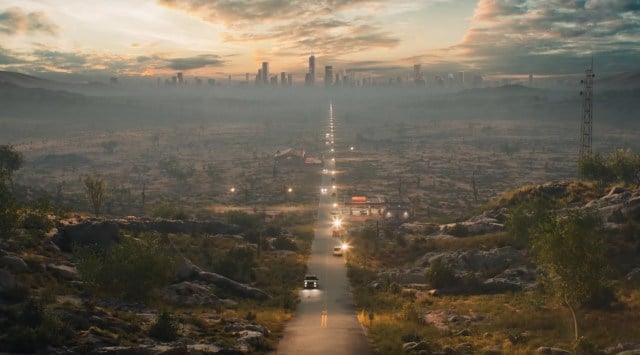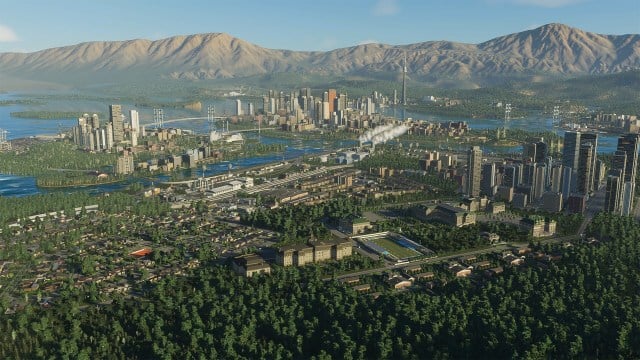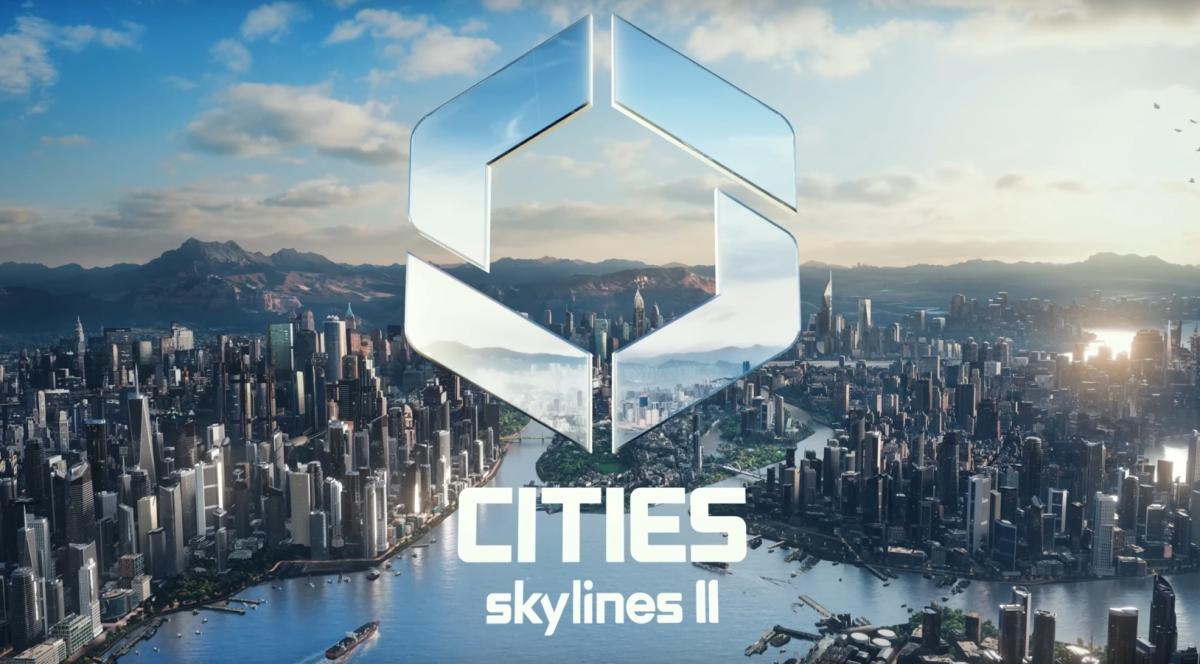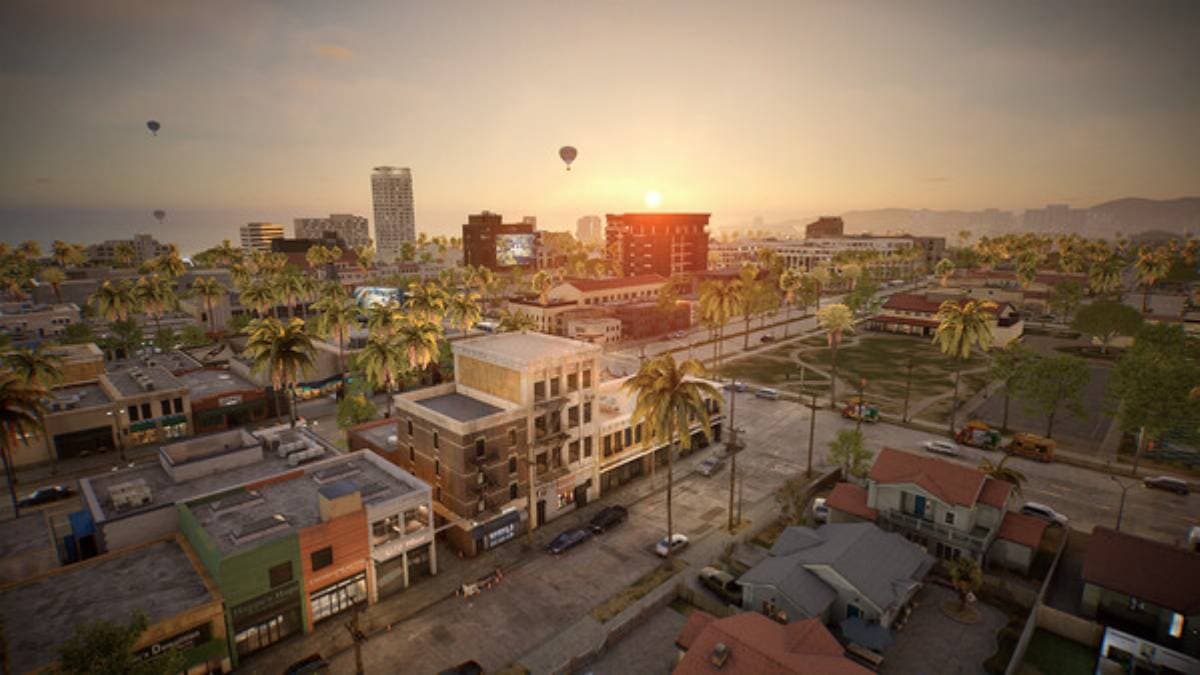In your plans for urban development in Cities Skylines 2, the “Not enough customers” message may just throw a wrench in it all. A business needs a good customer base, which ultimately uplifts the economy of your city, something that you are actively aiming for.
While seeing those three words pop up may be disheartening, there are clear-cut solutions to fix this common issue.
How to fix the “Not enough customers” issue in Cities Skylines 2

Ignore the demand
In most cases, It is better not to rely on the demand bar to determine how much commercial zoning you need. Just because you can zone for commercial development does not mean you should, or even need to, zone to meet the claimed demand.
The claimed demand is severely overstated, more likely than not, and it is preferable to use the Marquee or Paint tools to select small areas rather than the Fill tool. Cims (your citizens) do need jobs and goods, but it is important to maintain a balance between the two. There are also industrial jobs that need to be filled, so every aspect needs to be weighed before you think about giving in to the claimed demand.
Avoid overzoning commercial
It is important to avoid overzoning commercial areas, as the more businesses there are in a city, the greater the risk of problems such as a lack of customers.
To be on the safe side, we suggest keeping your commercial demand relatively high, as this reduces the risk of businesses struggling due to a lack of customers. After constant trial and error, we have found that the best balance is to always have significantly more residential zones than commercial ones.
Commercial demand is driven by both citizens who want goods and jobs, and industrial zones that need businesses to sell their products. Remember that Cims can work in a variety of industries, including service industries such as pumping stations, schools, and welfare offices, as well as industrial jobs such as forestry and farming. Additionally, your industries can sell their goods to external connections, and hence, it is important to avoid overzoning simply because there is a high demand for your products.
If you choose this strategy, be sure to monitor your demand pros and cons, as well as citizen Chirps, as they will not hesitate to express any issues they have with your city.
In the end, it is advisable to first build low-density commercial zones and then only expand to high-density zones once the city has grown to a large size with a huge number of potential customers in the vicinity. As a general rule, residential zones should have at least the same density level as commercial zones or higher. A high-density residential zone near a low-density commercial zone can work just fine, but the opposite is not true.
Pay attention to transport and parking
Traffic is a major problem in many cities: Residential areas can become too compact and isolated, preventing customers from accessing shops. Since they are on the outskirts, public transportation and roads are not accessible to them. This can also contribute to a decrease in customer traffic.
To address this issue, roads should be constructed that connect them to commercial areas. Additionally, public transportation should be made available in that part of the city. This would make it easier for them to interact with the city and would be beneficial to the economy.
If you want customers in commercial areas to be able to reach your businesses as well, there are things that you should always consider when building them, such as ensuring the area has good traffic management and does not have traffic jams. Additionally, you can make essential stores, such as pharmacies and supermarkets, more accessible by providing plenty of public transportation options, such as bus shelters and taxi stops in the area.
Additionally, you could consider adding pedestrian paths between large built-up areas. This would make it easier for your citizens to access your commercial zones, which provide essential resources. Lastly, provide nearby parking options so that people can easily access your shops and commercial services.
Perfect your city planning
When you start building your city, it is important to plan out the location of different zones. Low-density residential zones should not be located next to dense commercial zones because of noise pollution and placement suitability for livable spaces. Use the Marquee tool to place a few small commercial shops on the outskirts of these low-density residential areas. This will create gas stations, hair salons, and other boutiques that suburbanites can visit.
To boost business profits, build a few medium-density residential row houses near or on the outskirts of your low-density residential area. This will pack a few more Cims in a small area, which will increase the number of customers for your commercial buildings. Next, begin constructing medium-density housing on the fringes of your row home/business mix. Continue in the same way as before, mixing commercial and residential areas.
When zoning areas, keep building size in mind. Avoid using the Fill tool to add large swaths of commercial zoning. As you start using the Marquee tool to methodically zone commercial buildings of different sizes, you will notice that the “not enough customers” issue will occur less frequently.
The primary goal of this strategy is to place Cims as close to shops and businesses as possible, making it simple for them to travel to their favorite stores to participate in leisure activities and buy goods. As your city expands, you will need to start building taxi ranks, bus stops, and other forms of public transportation in major commercial areas to help your citizens avoid traffic and get from one place to another faster, as we discussed in the previous point.
Lower taxes

Lowering taxes will reduce your overall profits, but government subsidies should make up for the difference. You can access the Tax menu by going to City Economy. There, you can adjust global tax rates or tax rates for each good and service. If restaurants are particularly hard-hit, you can reduce taxes specifically for those types of businesses.
Reducing taxes can help businesses improve their profitability and make building upgrades. The less rent businesses pay, the more money they have to invest back into their company. This is not the only way to increase building levels, but it can help in the long run.
Another way to reduce taxes is to lower the taxes charged by your city, especially on housing. It is possible that your city is being avoided intentionally, which could be why you have low customer numbers. Of course, lowering taxes will attract more customers, but it could also make your budget tighter. It may be difficult to manage the city in the beginning, but once it is stable, you will be able to handle it more easily with the lower taxes.
You can then increase taxes when your city has a stable customer base and a booming economy. At the peak of economic activity, increasing taxes will have a minimal impact on the economy. Therefore, it is best to wait for the right moment to increase taxes.
Focus on zone suitability
Zone suitability indicates where certain types of zones should be located. This will be most evident early on with low-density residential zones, but you can also start using it for commercial use after placing medium-density residential buildings.
When medium-density apartments are built and become established, different colors will appear on the map when selecting commercial zoning. This indicates the location of the highest concentration of Cims: White means very low concentrations, orange represents an average value, and green indicates high concentrations.
The values of these zones can change frequently based on the number of Cims living in the surrounding areas, as well as how easily Cims from the suburbs can reach these commercial zones. Placing businesses in these locations will result in higher profits and a lower risk of not having enough customers.
Sometimes, a business may be located in a prime location but still struggle to attract customers. This could be due to the fact that the target market lives in the suburbs or for some other reason. If the building is a one-off, it may be more cost-effective to demolish it and build a new one in a more favorable location. You will incur some losses, but this is preferable to investing more in building other infrastructures around commercial zones.
“Not enough customers” bug in Cities Skylines 2
Some players on Paradox’s bug report forum have suggested that the frequency of the “not enough customers” pop-up in Cities Skylines 2 could be related to a bug, especially when there is high demand for commercial zones in your city. If this is the case, you should expect fewer customer issues once the bug is fixed.
For most cases, however, the lack of customers is just a legitimate problem your city is suffering from—well, with our guide, it shouldn’t be a problem anymore.












Published: Oct 29, 2023 10:39 am